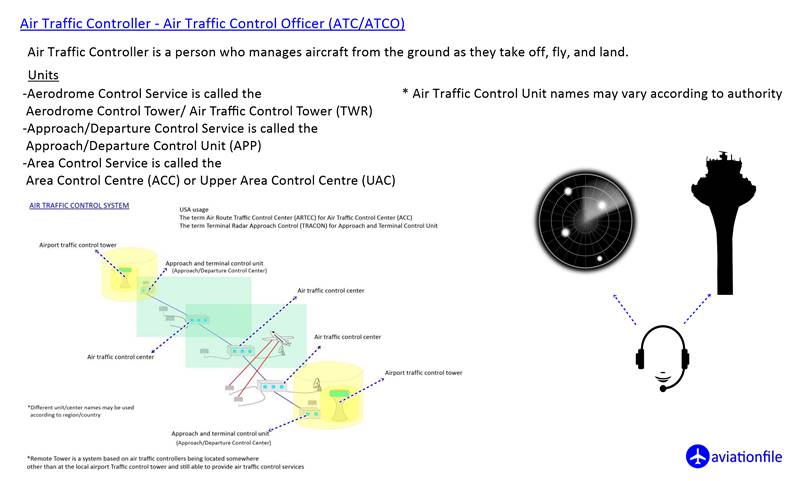Air Traffic Controller Handover and Takeover Checklist: Key Points and References
A smooth and efficient handover and takeover process is crucial in the field of air traffic control (ATC) to ensure uninterrupted operations and maintain the highest level of safety. This checklist provides a comprehensive guide for air traffic controllers to facilitate a seamless transition during the handover and takeover process. Refer to the following checklist points and references to enhance your understanding and optimize your performance.

Review Communications Protocols:
- Confirm understanding of the designated communication channels, frequencies, and call signs.
- Familiarize yourself with the local phraseology and standard operating procedures.
- Verify equipment functionality, such as radio systems and interphone connections.
Reference: [ATC Communication Protocols and Procedures Manual, Chapter 5]
Confirm Airspace and Sector Information:
- Obtain accurate and up-to-date information about the assigned airspace boundaries and sectors.
- Verify any temporary airspace restrictions, NOTAMs (Notice to Airmen), and any other relevant airspace information.
Reference: [Aeronautical Information Publication, Section 2: Airspace]
Assess Weather Conditions:
- Gather the latest weather reports, including METARs (Meteorological Aerodrome Reports), TAFs (Terminal Aerodrome Forecasts), and SIGMETs (Significant Meteorological Information).
- Identify any adverse weather conditions that may impact flight operations.
Reference: [Meteorological Services for International Air Navigation, Annex 3]
Evaluate Traffic Situation:
- Analyze the current traffic flow and identify any potential congestion points or areas of concern.
- Review flight plans, including departures, arrivals, and en-route traffic.
- Consider any special operations, such as military aircraft, VIP flights, or medical emergencies.
Reference: [Air Traffic Flow Management Handbook, Chapter 2]
Confirm System and Equipment Status:
- Ensure the availability and functionality of key ATC systems, including radar, surveillance systems, and automated data processing tools.
- Check for any ongoing maintenance activities or known system outages.
Reference: [Air Traffic Services Technology and Systems, Section 3: System Operations]
Verify Documentation and Logs:
- Review relevant operational documents, including handover logs, incident reports, and any other operational records.
- Validate the accuracy and completeness of the information recorded in the logs.
- Ensure all necessary paperwork is completed as required.
Reference: [ATC Operations Manual, Section 7: Documentation and Reporting]
Conclusion: By following this comprehensive checklist, air traffic controllers can facilitate a smooth handover and takeover process, ensuring the continuity of safe and efficient operations. Remember to refer to the appropriate references and guidelines to enhance your understanding and optimize your performance as an air traffic controller.
Note: It is important for air traffic controllers to follow the specific protocols, guidelines, and regulations set by their respective air navigation service providers (ANSPs) or regulatory authorities. This checklist should be used as a general reference and adapted according to local procedures and requirements.



